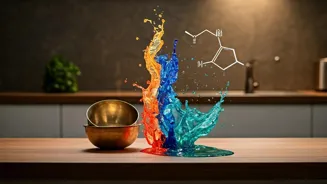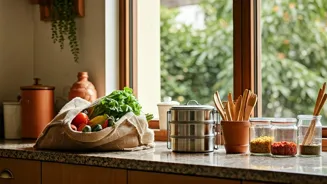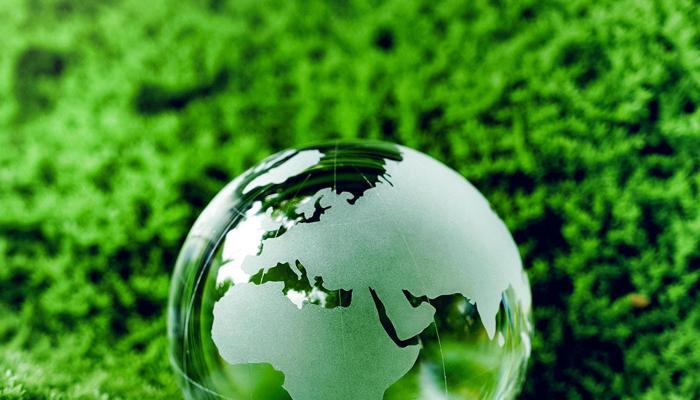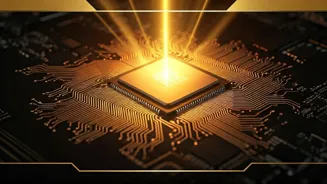Ancient Origins of Clean
Long before commercial production, ancient civilizations in India, like the Indus Valley, were using rudimentary soaps! These were crafted from natural
fats and ashes. The process involved saponification, a chemical reaction that is still the cornerstone of soapmaking today. Think of it as the original 'jugad' of cleanliness!
The Soap Making Magic
The fundamental process of soap making, known as saponification, involves reacting fats or oils with an alkali, traditionally lye. This creates soap molecules with a hydrophilic (water-loving) head and a hydrophobic (water-fearing) tail. This is how they trap and remove dirt, grime, and oil from surfaces.
Detergents: A Modern Twist
Detergents, often synthetic, are the modern counterparts to soaps. Developed in the 20th century, they tackle hard water challenges. Unlike soaps, which can react with minerals in hard water, detergents maintain their effectiveness. They're the 'desi' answer to tough stains, right?
Manufacturing Processes Unveiled
Large-scale soap and detergent production utilizes continuous processes. This involves precisely controlling chemical reactions and incorporating additives like fragrances and colourants. Modern factories ensure consistent quality and meet the massive demand of our vibrant nation, ensuring clean homes and clothes everywhere.
Sustainable Cleaning Practices
As awareness grows, the focus is now on eco-friendly formulations. This means using biodegradable ingredients and reducing environmental impact. Consumers are increasingly looking for 'swadeshi' options in cleaning products. It's about keeping our surroundings clean without harming Mother Earth.












